Disposal of a Broken Mercury Thermometer
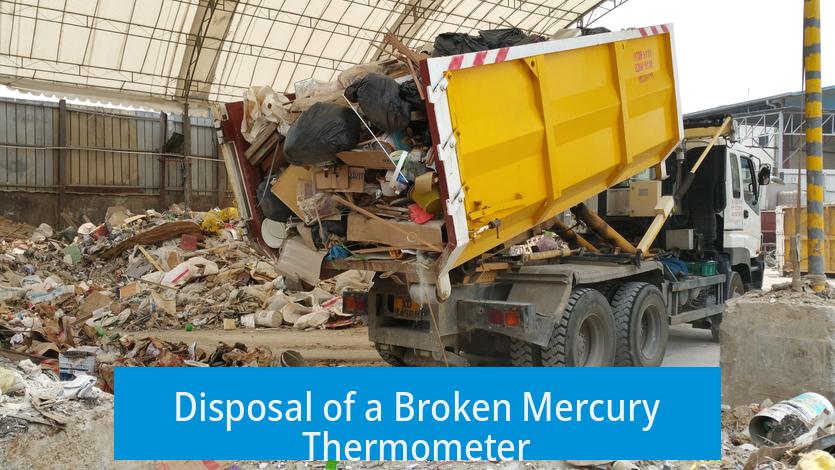
Proper disposal of a broken mercury thermometer involves safely handling the mercury spill, preventing exposure, and following local hazardous waste guidelines. Mercury is a toxic element that requires careful management to avoid health and environmental risks.
1. Identification and Initial Precautions
- Confirm the thermometer contains mercury and assess damage.
- If the bulb is intact and mostly full, avoid touching the bulb directly to prevent heating mercury.
- Use gloves or a barrier like a cloth or paper towel to pick up the thermometer gently.
- Seal the intact thermometer in a plastic bag or similar container and contact local waste disposal services for guidance.
2. Handling a Broken Thermometer with Mercury Spill
- If the bulb is broken or mercury is spilled, immediately remove porous materials (e.g., carpet, cloth) nearby, as mercury penetrates and contaminates them permanently.
- Collect visible mercury droplets using a dropper or an eyedropper to avoid spreading.
- Sprinkle powdered sulfur over residual mercury; sulfur binds with mercury, making it easier to clean up.
- Use a damp paper towel to clean the sulfur-mercury mixture and broken glass, then place all contaminated materials in a sealable bag or sharps container.
- Avoid vacuuming or sweeping the spill, which can distribute mercury vapor or particles.
3. Safety Measures and Exposure Considerations
Mercury exposure primarily poses risks through chronic inhalation of vapors. Handling spilled mercury directly is unsafe. Proper protective barriers such as gloves reduce exposure risks.
Carpet or materials contaminated with mercury should be disposed of, as mercury cannot be removed once it penetrates porous surfaces.
4. Final Disposal and Regulation
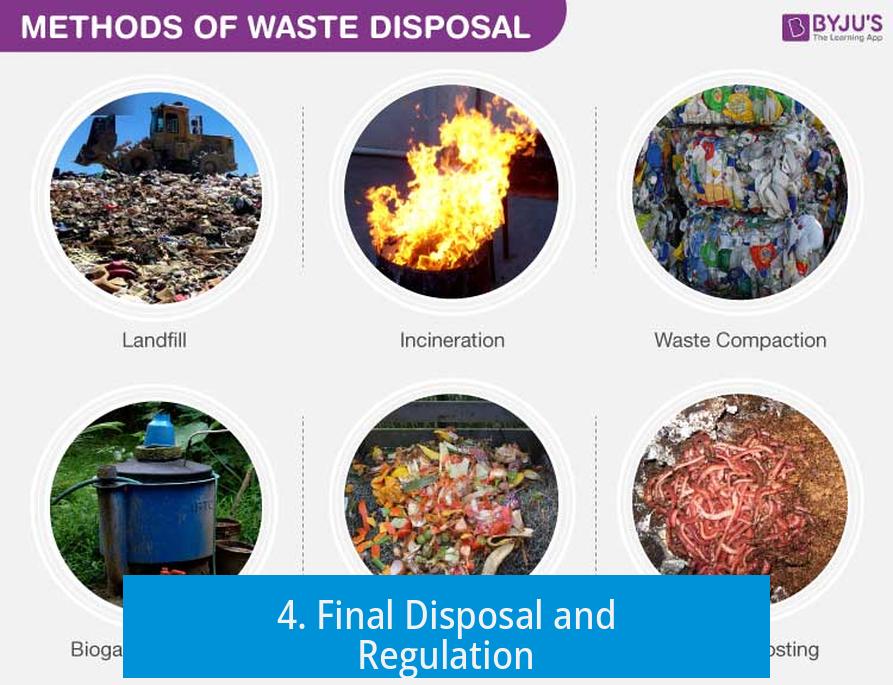
Mercury is an element and cannot be neutralized or destroyed. The correct disposal method is to give mercury-containing waste to specialized hazardous waste facilities. Contact local environmental agencies for specific disposal guidelines and drop-off locations.
Key Takeaways
- Identify mercury thermometers and assess damage before handling.
- Use gloves and barriers to avoid direct contact.
- Remove and dispose of porous contaminated materials.
- Collect mercury droplets carefully; use sulfur powder for residue cleanup.
- Avoid vacuuming spilled mercury.
- Dispose of all mercury waste via hazardous waste facilities.
Disposal of a Broken Mercury Thermometer: What You Need to Know Before Panic Sets In
You just accidentally dropped your trusty old mercury thermometer. Oh no! Mercury spills can sound like scenes from a sci-fi thriller, but don’t panic. Disposal of a broken mercury thermometer is totally manageable if you take the right steps and follow safety tips carefully.
First thing’s first: Is it really a mercury thermometer? They look similar to those digital or alcohol-based ones, but the contents make all the difference. Mercury is a shiny, silver liquid metal inside the glass tube, unlike red or green alcohol-based thermometers.
Assuming it’s mercury, your approach depends a lot on whether the bulb—the part holding most of the mercury—is broken or intact. Let’s step through this with a blend of science, safety, and a sprinkle of humor.
Identifying the Damage and Avoiding Immediate Danger
If the bulb is still intact and full but the stem has snapped, breathe easy. There’s minimal risk here if careful. Use gloves or wrap a washcloth or paper towel around the thermometer before handling it.
Why? Because mercury vapor increases as it heats. Avoid touching or warming that bulb. Seal the broken thermometer carefully in a plastic bag and secure the open end with wax or tape. Then, do a quick online search or call your local waste management service for nearby mercury disposal options.
Handling a Broken Mercury Thermometer with Spilled Mercury
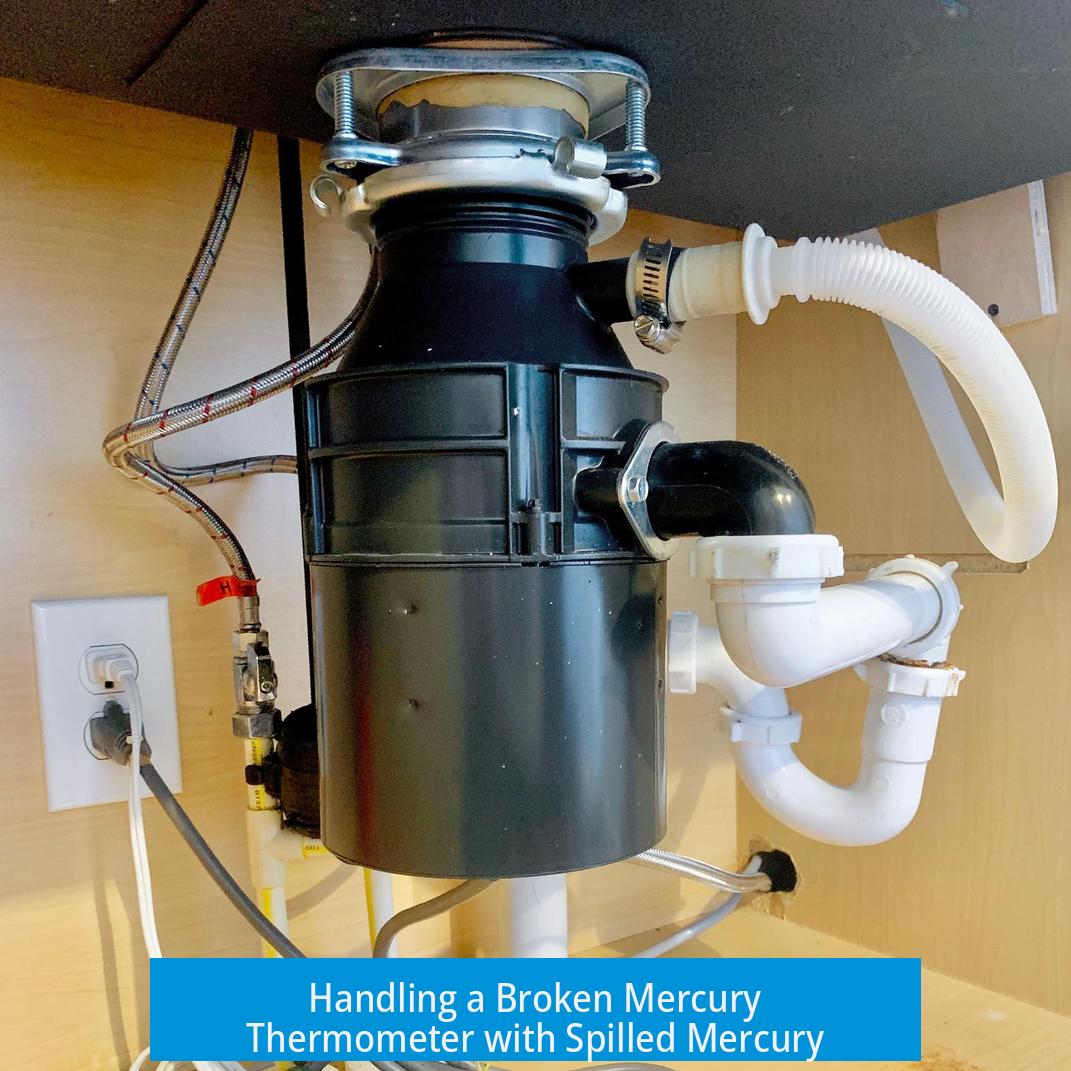
Now, if the bulb is shattered and mercury beads are rolling free like mischievous silver marbles, it’s cleanup time—and yes, it’s a bit like being a cautious metal detective.
- Remove any porous materials around the spill. Think: carpets, towels, or wood shavings. Porous items trap mercury vapor. Better to toss these responsibly.
- Collect visible mercury droplets. A simple glass eye dropper works wonders here. Pick up the tiny balls of liquid metal gently—don’t crush or smush!
- Got powdered sulfur? Sprinkle it over any mercury droplets or hidden bits in cracks. Sulfur binds with mercury, making it easier to collect.
- After giving sulfur some bonding time, use damp paper towels to wipe together the resulting sludge. Put all mercury-soaked materials, broken glass, and towels in sealable bags or sharps containers.
Did you know sulfur acts like a magnet to mercury? A neat little chemistry hack that turns a tricky mess into a manageable one.
General Safety and What NOT to Do
This part’s crucial. DO NOT vacuum mercury! Vacuums just spread toxic mercury vapor all over your home. Also, try not to touch mercury directly. It’s a cumulative toxin—not lethal with a single exposure but a nasty guest if invited repeatedly.
If your mercury tragedy happened over carpet or fabric, especially something like the carpet under your bed, say goodbye. Carpet absorbs mercury so thoroughly that removal and replacement are the only safe options.
When bagging the thermometer or mercury-contaminated items, use multiple plastic bags. Layers are your friend here. It helps prevent leaks and keeps you clean.
Getting Rid of Mercury the Right Way
Here’s the kicker: mercury never really goes away. It’s a chemical element, after all. You can’t just toss it in the trash or flush it down the sink. Mercury needs special handling.
Contact your local environmental or waste management agency to find out exactly how to dispose of mercury in your area. Many cities have designated chemical waste drop-off centers. They specialize in handling hazardous materials safely—think of them as mercury’s eviction specialists.
Don’t try to “neutralize” mercury yourself. No household trick can destroy it or remove its toxicity. Safe, specialized disposal is the key.
Why Bother With All This Fuss?
Here’s a little story: A friend once spilled mercury on their wood floor and tried to clean it up with a regular mop and broom. Result? It spread, and mercury vapor lingered. Later, a professional clean-up was required—costly and stressful.
Mercury exposure accumulates and affects the nervous system, kidneys, and other organs. Children and pregnant women are especially vulnerable. It’s not just safe trivia; it’s crucial info to protect your loved ones.
On the flip side, following these guidelines means you’re a responsible hero in a low-key environmental battle. You prevent mercury from sneaking into the air or water, keeping everyone safe.
Wrapping Up: Quick Mercury Disposal Checklist
- Identify: Confirm it’s mercury and assess damage.
- Contain: Use gloves, tape, and double bags to trap mercury.
- Collect: Use droppers and powdered sulfur to gather spilled mercury.
- Remove: Toss porous contaminated items like carpet safely.
- Avoid: No vacuuming or direct contact.
- Dispose: Take everything to a certified chemical disposal site.
So, next time you hear that tiny *plink* of a falling mercury thermometer, remember: handle with care, act smart, and call the pros for disposal. Mercury is tricky but manageable with the right moves.
Mercury thermometers were once household staples. Now, with safer digital alternatives widely available, maybe it’s time to retire those shiny liquid metal rollers once and for all—your health and the environment will thank you!
How should I initially handle a broken mercury thermometer if the bulb is still intact?
Use gloves or a barrier like a paper towel to pick it up. Cover the open end with wax or tape. Place it in a sealable plastic bag. Contact your local waste company for disposal guidance.
What steps can I take if the mercury bulb is broken and mercury has spilled?
- Remove any porous materials nearby and dispose of them.
- Collect visible mercury droplets with a dropper.
- Sprinkle sulfur powder on remaining mercury to bind it.
- Wipe up sulfur and mercury with a damp paper towel and seal everything in a bag for disposal.
Is it safe to vacuum spilled mercury from a broken thermometer?
No. Do not use a vacuum. It can spread mercury vapor and worsen contamination.
What should I do if mercury spills on a carpet or fabric?
The contaminated material often cannot be cleaned. Removal and proper disposal of the carpet or fabric is recommended.
Where can I dispose of collected mercury and broken thermometer pieces?
Take them to specialized chemical waste disposal facilities or follow instructions from local environmental agencies. Mercury cannot be safely neutralized at home.


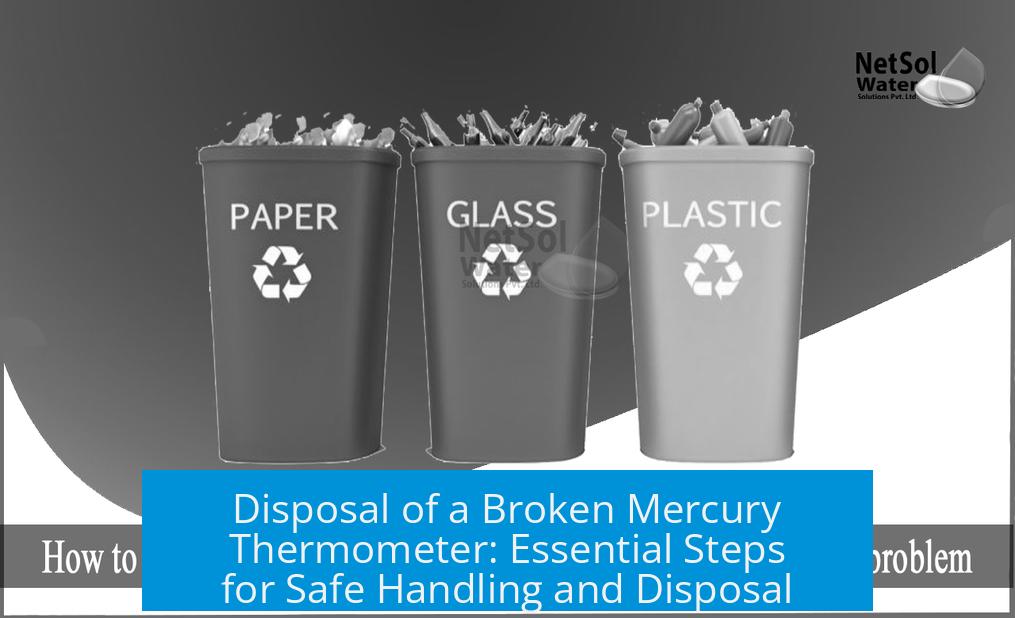
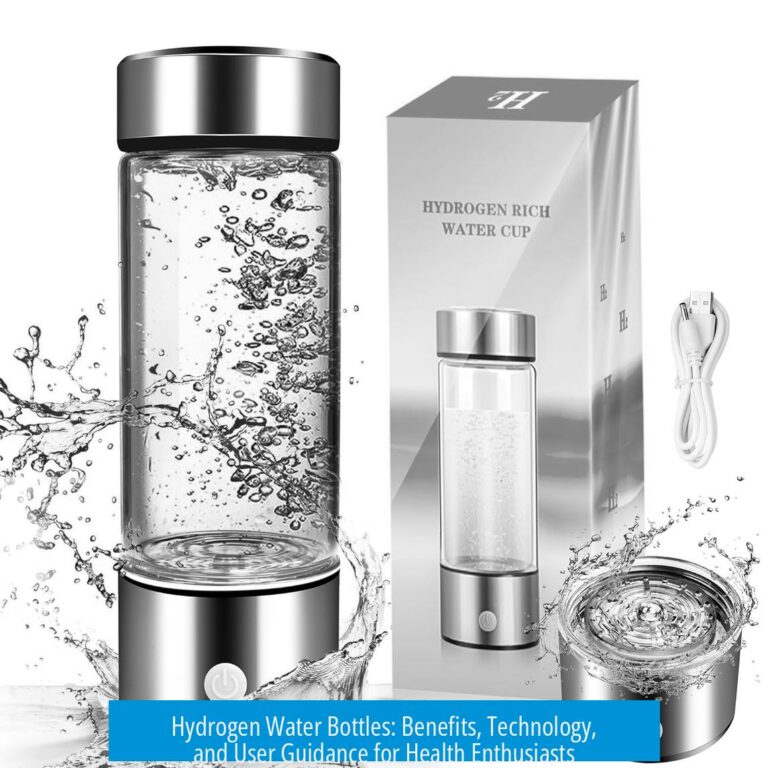

Leave a Comment